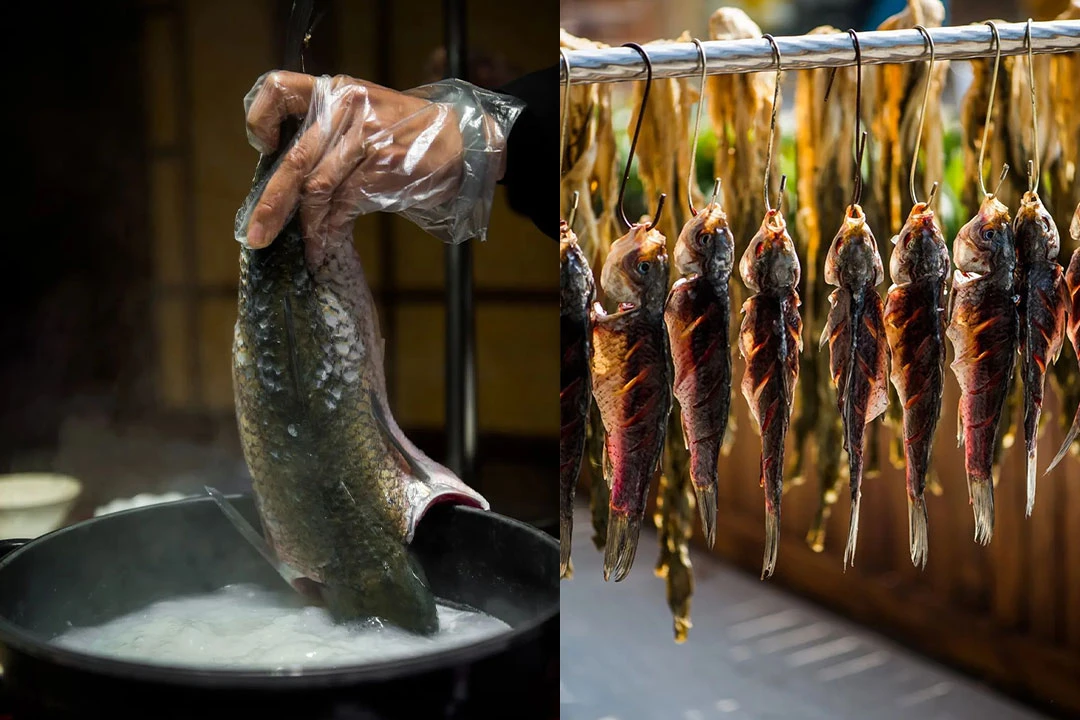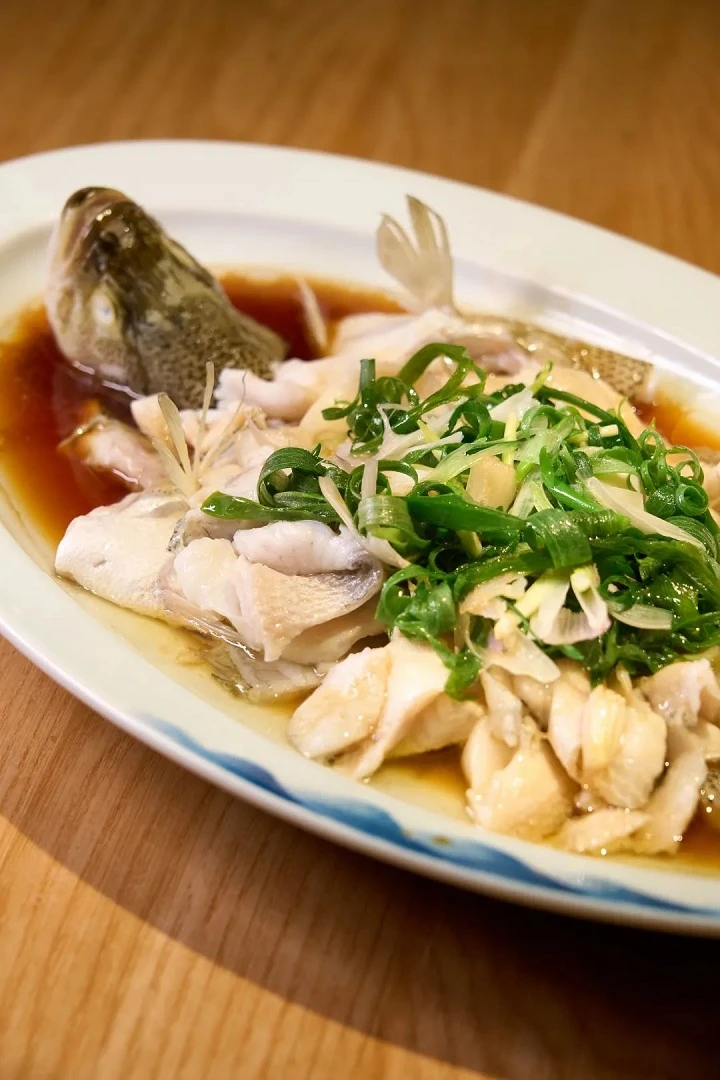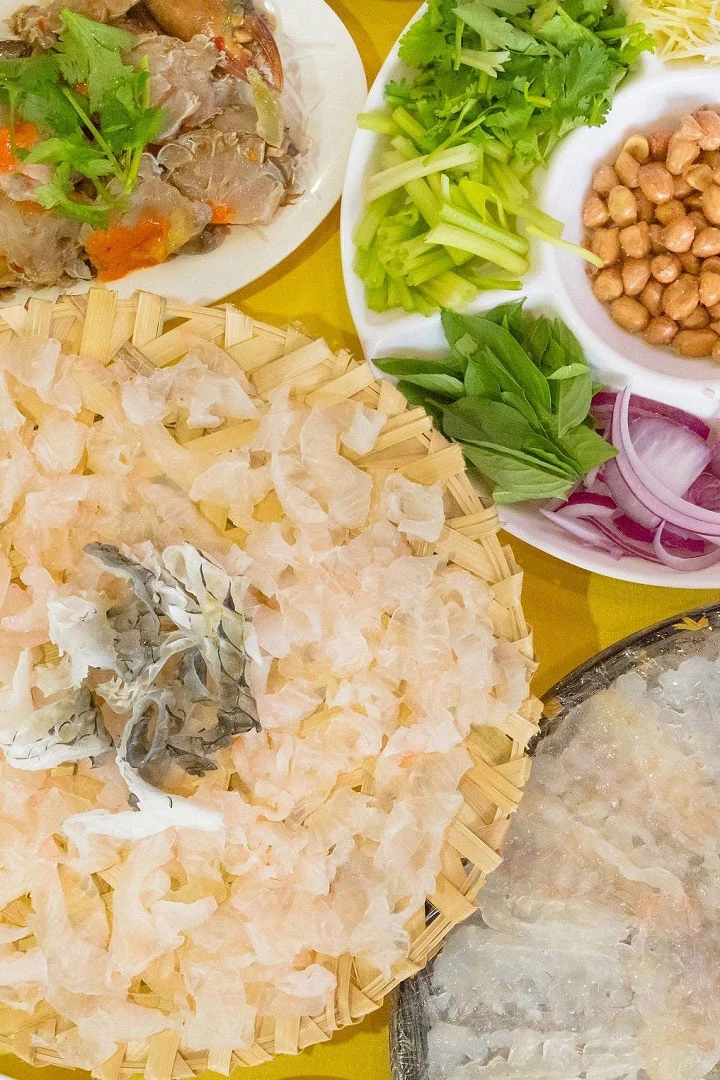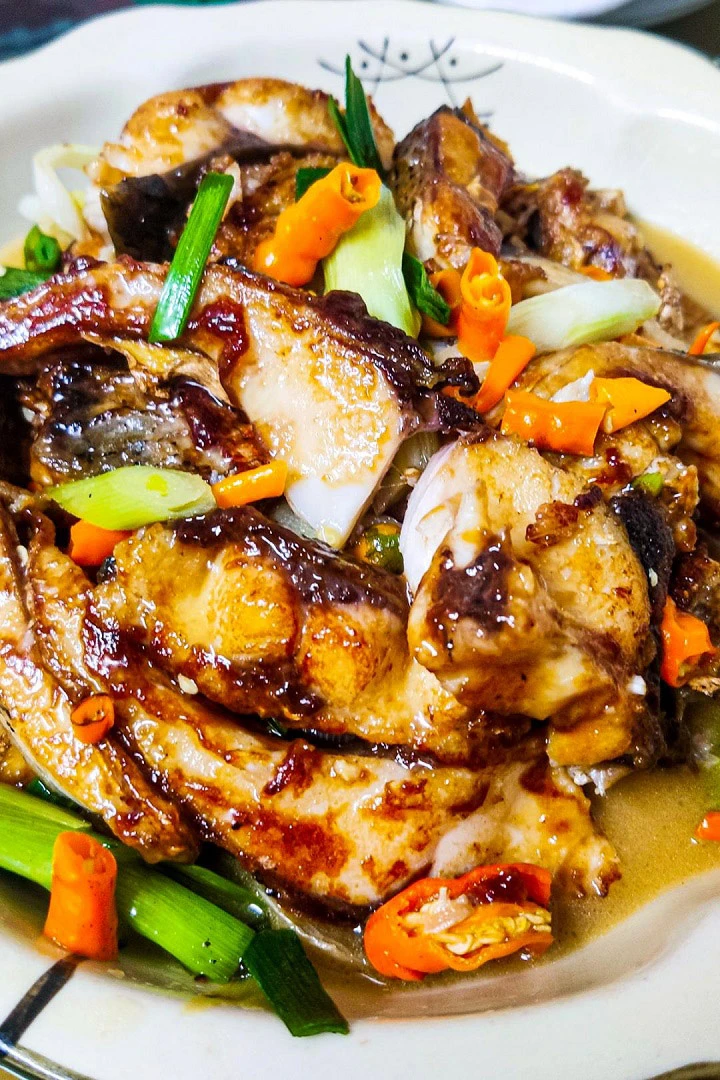Guangdong, a province in southern China, is renowned for its rich and diverse culinary traditions. Among its many gastronomic delights, fish occupies a special place on the Guangdong table. The region’s love for fish has resulted in an astonishing variety of dishes, each showcasing the unique flavors and textures of both freshwater and saltwater fish. Here, eating fish isn’t just about nourishment; it’s an art form that reflects the cultural richness and culinary sophistication of the province.
Lingnan: The Freshwater Fish Mastery of the Pearl River Delta
The Pearl River Delta, formed by the West and North Rivers, is a fertile area with abundant water resources. This has allowed the region to cultivate a long-standing tradition of freshwater fish farming, dating back to the Tang Dynasty. In this land of rivers and lakes, the people of Lingnan have perfected the art of eating freshwater fish.
In Shunde, a district of Foshan in the Pearl River Delta, fish is more than just food—it's a cultural symbol. Known as the birthplace of Cantonese cuisine, Shunde is famous for its fish dishes, with "fish, rice, milk, poultry, and flowers" being the five representative ingredients of the local diet. Among these, fish holds the highest honor, with a wide variety of cooking methods that have evolved over centuries.
One of the most iconic dishes from Shunde is Yu Sheng, a type of raw fish salad. In Shunde, the highest accolade for a fish is to be served as Yu Sheng. The preparation begins with the selection of the freshest fish, which is then bled to ensure the meat is pristine and white. The fish is carefully deboned, with the flesh sliced into thin, translucent pieces no thicker than 0.5 millimeters. This delicate fish is then served with a simple seasoning of salt and peanut oil, allowing the natural flavors to shine.
However, the modern version of Yu sheng has become a colorful and festive dish, popular among younger generations. In addition to the raw fish, ingredients like shredded onions, ginger, radish, pickled vegetables, peanuts, and cilantro are added. Diners mix these ingredients together while chanting auspicious phrases, creating a lively and interactive dining experience.
In Shunde, no part of the fish goes to waste. The gelatinous fish skin is blanched and served as a cold dish, the rich red flesh is cooked into a hearty congee, and the crunchy fish intestines are stir-fried with a hint of pepper. Even the bones are deep-fried to a crispy perfection, making every part of the fish a culinary delight.
Coastal Delights: The Bold Flavors of Eastern and Western Guangdong
While the Pearl River Delta is known for its delicate freshwater fish dishes, the coastal regions of eastern and western Guangdong are famous for their bold and fresh flavors, derived from the bounty of the sea.
In the Chaoshan region of eastern Guangdong, summer brings an abundance of fresh seafood. One of the most popular ways to enjoy this catch is through Shengyan (生腌) —a method of marinating raw fish and seafood in a sauce made from soy sauce, chili, garlic, and sea salt. The result is a dish that retains the freshness of the sea, with a slight salty tang that enhances the natural flavors of the fish.
Another popular tradition in Chaoshan is the Yufan, or "fish rice," which is a staple of late-night dining. Fresh sea fish, usually uncleaned and uncut, is simply washed and then boiled in lightly salted water. The fish is then cooled and served whole, allowing diners to enjoy the pure, unadulterated taste of the fish, accompanied by a side of Puning soy sauce for dipping.
In Zhanjiang, another coastal city in western Guangdong, the variety of sea fish is astounding. Whether it’s the tender and fragrant pomfret, the sticky and gelatinous green wrasse, or the soft and delicate grouper, the people of Zhanjiang know how to bring out the best in each fish. With a different type of fish for every season, the culinary possibilities are endless, ensuring that seafood lovers will never tire of the offerings.
Northern Guangdong: Rustic and Homey Fish Dishes from the Mountains
While the coastal regions of Guangdong boast an impressive array of fish dishes, the mountainous northern part of the province offers its own unique take on eating fish. Here, the cuisine is rustic and hearty, reflecting the rugged landscape.
In the fields of northern Guangdong, the Hehuayu (禾花鱼), or rice flower fish, is a special treat. This fish, raised in rice paddies, feeds on the flowers of the rice plants, giving its flesh a delicate aroma and tender texture. After a day of hard work in the fields, locals will fry the fish until golden brown and then simmer it in a broth until it releases a creamy white sauce. The result is a comforting and familiar dish that embodies the simple pleasures of home-cooked food.
In Meizhou, a city known for its Hakka culture, fish head noodle soup is a breakfast staple. The dish starts with a fish head and tail, fried until golden, and then simmered in water until the broth turns a milky white. White radish, ginger, and celery are added for flavor, and finally, vermicelli noodles are cooked in the broth. This rich and flavorful soup is the perfect way to start the day, providing warmth and nourishment.
For those who crave something spicier, Shaoguan’s braised yellow croaker is a must-try. The fish is cut into sections, marinated in a thick sauce, and then braised until tender. Topped with fresh chilies and scallions, this dish delivers a punch of heat that’s uncommon in Cantonese cuisine, offering a different flavor profile that’s sure to satisfy spice lovers.




